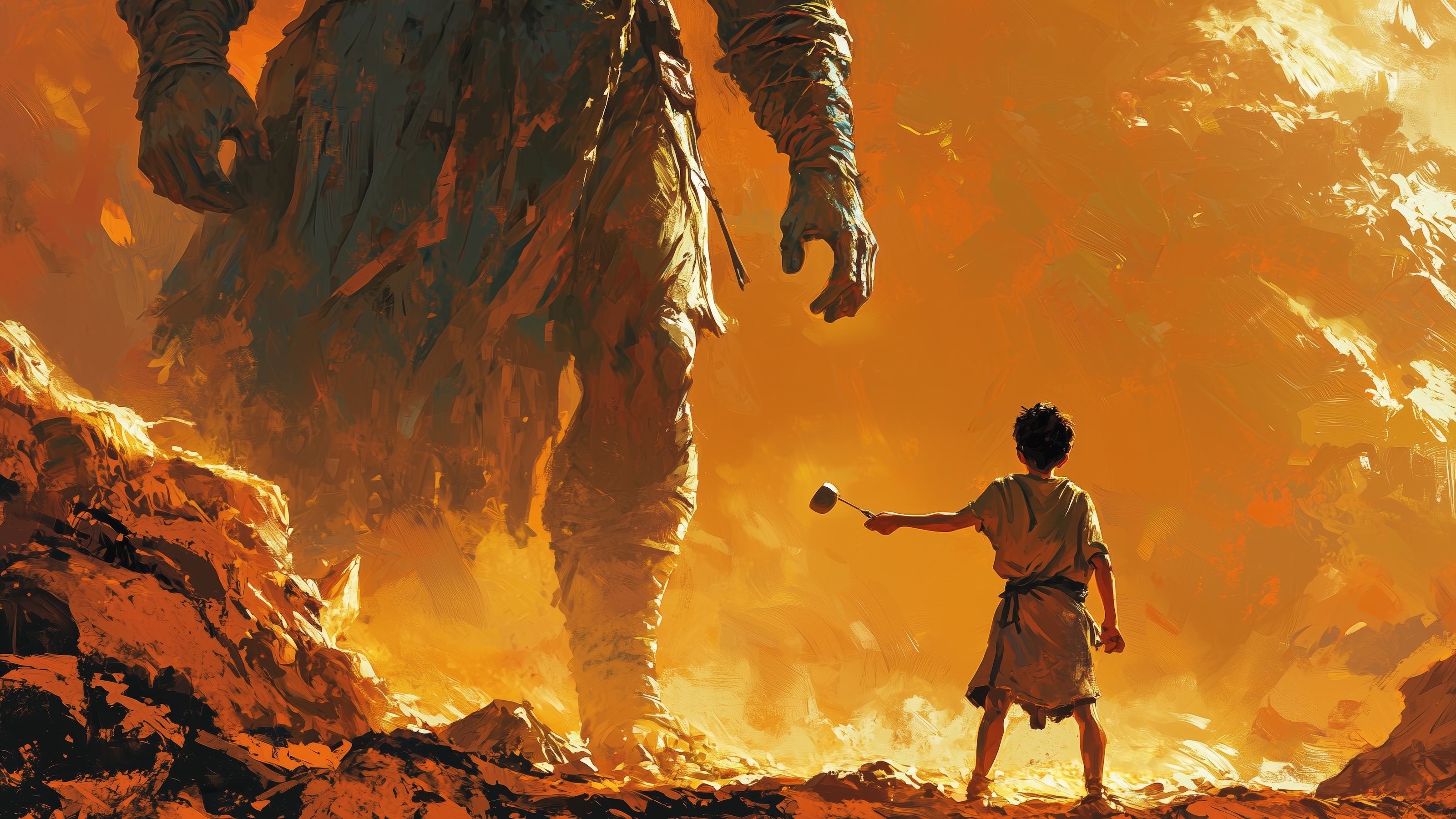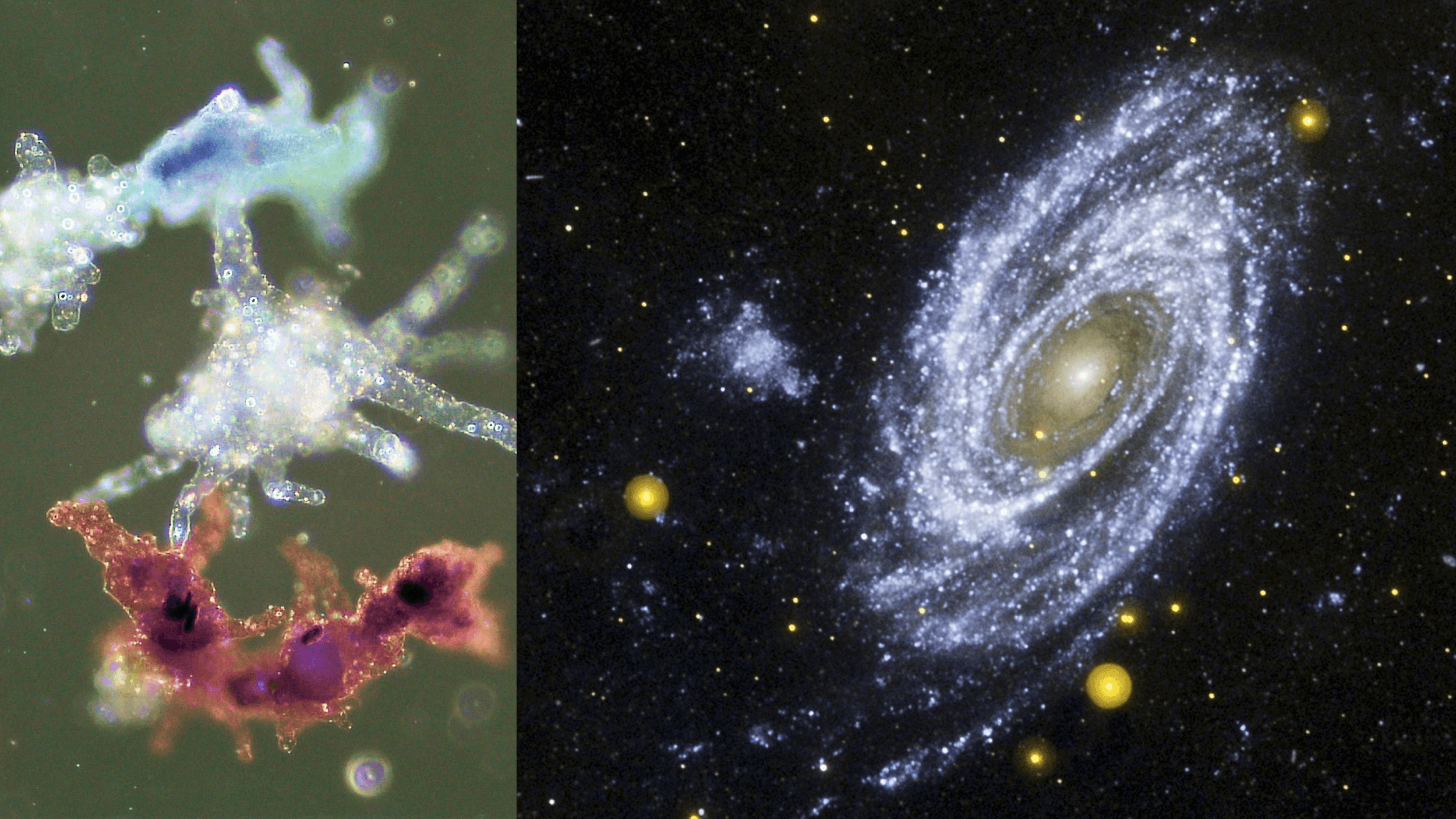Embrace the Cringe

You might have had an experience like this: You’re cruising down the highway, with nothing in particular on your mind, when, suddenly, you let out an audible groan, remembering one of those cringe moments of your life—something you said or did, even years or decades earlier, that still produces a cringe of embarrassment, shame, remorse, and humiliation.
The cringe moment is one that’s bad enough to be remembered vividly, long after the fact, but not so bad as to qualify as a serious personal trauma, tragedy, or crisis. When a cringe-worthy memory hits me out of the blue, I think to myself, how could I have been so stupid, and done such an embarrassing, idiotic thing?
You’re left grappling with the irreducible fact that, yes, you made a flat-out ass of yourself. Probably not for the last time.
Many people have an archive of cringe-worthy moments. Myself, I have them alphabetized, color-coded, and thematically cross-referenced in the file folders of my brain.
Others who are exceptionally wise, agoraphobic, or risk averse might have only a few.
You’d love to roll back the clock and erase that cringe-worthy moment. It might be an argument that you never should have had, an outfit that you never should have worn (remember “Flashdance”?), romantic partners that you never, ever should have hooked up with, people that you never should have propositioned, professional decisions that you never should have made, and the fateful “one last drink” that you never should have had at that party.
The iconic cringe-worthy moments of life involve booze, lampshades, the back seats of cars, the “Macarena” and the “Electric Slide,” and perhaps clown suits.
Painful as it is, and as inclined as we are to inter all of the cringe moments in a little tiny box and bury them deep in our heads, I think there is important value in embracing the cringe. In owning it. In talking about it.
True, there’s a whole genre of personal memoirs that describe authors’ searingly honest experiences of sometimes horrific victimization. Culturally, I think we’ve mostly overcome the idea that it’s shameful to have been a victim of sexual violence, for example.
But when it comes to sharing stories when we were victims of ourselves, and, as captains of our own fate, made utter fools out of ourselves, then the sharing of personal narrative is not as bountiful.
Our cringe moments comprise the anti-resume of the “brand” that is your life, and your self. They’re a valuable catalog of all the missteps and embarrassments.
Celebrities have always been brands, but now, with social media, we’re all little celebrities, in a way—at least in the sense that our followers or Facebook friends can watch our daily activities, with about the same level of interest they might pay to People magazine in the bathroom.
It seems to me that the greater visibility of our lives, the more we document our lives in casual but nonstop social media, has quickened the urge to create a tweaked, Medici-like portrait of ourselves, in which we’re the superhero and above average and very happy and not given to making asses of ourselves. And our kids are, of course, the very same way.
Embracing the cringe—for example, by sharing stories with friends of your biggest relationship failures or gaffes, or your worst professional moments—is a gift to your fellow humans. It sends a message that despite all of the imperfections and mortifications of the human condition, we survive. We’re flawed, and still worthy of care, love, consideration and attention. This is a more humane, and humanist, way to think about personal failure than to try to spin it, suppress it, or otherwise protect the “brand” that is a life. After all, how do young people learn that it really isn’t the “end of the world” when you embarrass yourself or get ditched?
Although I don’t even believe that failure is, properly speaking, “failure.” It’s actually inherent to the long process of success, and it needs to be rehabilitated as such. Even with the Olympics coverage, I’ve been baffled by the interpretation of silver and bronze medal finishes as if they’re failures because they’re not gold. A medal from the Olympics isn’t something that people shove in the shed. Are we really at a point where we hold our athletes, and each other, to such fantasy standards of human performance, standards that leave no room for experimentation and failure? I was delighted to read gymnast Gabby Douglas’ comment on her 8th-place uneven bar finish the other day: “I made a mistake. But I’m human.”
In the 19th century, a narrative of roadblocks, obstacles, set-backs and failures was baked in to the story of self-made success. New research on the sciences notes that “failure” is part of the creative intellectual process (William Faulkner called The Sound and the Fury a “splendid failure”).
The same insight applies, you’d think, to our cringe-strewn personal, romantic, marital and parental lives.
Chances are, a rich, fulfilling, interesting personal life has a lot of cringe skeletons hidden in its closet. It’s good for our humanity to hear about them once in a while.





